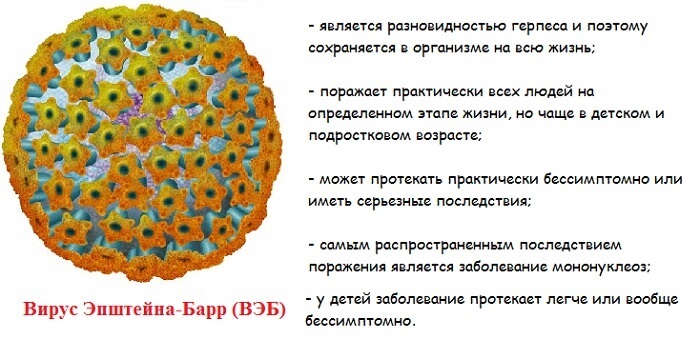Infective endocarditis. Causes, symptoms, treatment of the disease
 Infective endocarditis. He is referred to the group of inflammatory infectious diseases. Its distinctive and main feature is the defeat of the endocardium, i.e., the inner shell of the heart muscle.
Infective endocarditis. He is referred to the group of inflammatory infectious diseases. Its distinctive and main feature is the defeat of the endocardium, i.e., the inner shell of the heart muscle. Causes
disease Infective endocarditis can cause any micro-organisms: Salmonella, Staphylococcus aureus, Pseudomonas aeruginosa, Streptococcus zelenyaschy and many others. But in the overwhelming majority of the disease is secondary. This means that it develops because of the previous defeat of the endocardium by other diseases. This may be a heart disease or rheumatic disease, myocardial infarction and other myocardial previously
Furthermore, infective endocarditis can cause numerous other reasons, among which:.
- Operation in oral
- Slight skin
- infections Intravenous administration of narcotic drugs
- Prolonged hemodialysis
- operations in the urogenital
- Surgical procedures in the cardiovascular system
- Finding a long time in the vein catheter
- Constant intravenous affectBani and endoscopic diagnostic methods
symptoms of the disease symptoms of the disease is primarily associated with toksinemiey and bacteremia. In patients, there is general weakness, shortness of breath, fatigue. Appetite disappears, weight of a body decreases. A characteristic feature of endocarditis is fever. A sick person experiences chills or sweating.
Anemia begins to develop. Mucous membranes and skin become pale. Some patients develop a yellow-gray shade of the skin. On the skin may appear minor hemorrhages. They also appear on the mucosa of the palate and the oral cavity, on the folds of the eyelids, on the conjunctiva of the eyes and at the base of the nail bed. They appear because of enough fragile blood vessels. The defeat of capillaries can be obtained even with a very mild injury of the skin, if a person just pinch. Symptoms
infective endocarditis are also a variety of damage to the heart muscle, function noises which are directly associated with damage to valves and anemia. Often observed in patients with angina or pericardial friction noise. Valvular defects( acquired) or myocardial infarction in most cases lead to heart failure. In the subacute form of endocarditis, embolism of the vessels of the brain, kidneys, and thrombotic overlap, which have come off the valves of the heart valves, are observed.
Treatment of the disease
The peculiarity of this disease is that its treatment must necessarily be performed in a hospital. To a noticeable improvement in the patient's health, a special diet is shown to him, bed rest is mandatory. But the fight against infectious endocarditis is carried out only with the help of medication, namely antibacterial drugs.
To treat the disease is recommended antibiotics of the penicillin series and aminoglycosides. The therapy of fungal endocarditis is difficult. The problem is solved by amphotericin. This drug should be consumed by the patient for a long time, up to several months.
addition to the above agents used in the treatment of endocarditis preparations having antimicrobial properties and antistaphylococcal dioxidine globulin.
Non-drug treatment methods are also able to bring certain benefits to a sick person. These include plasmapheresis and autotransfusion with ultraviolet irradiated blood.
Admission non-hormonal anti-inflammatory drugs is indicated in the presence of concomitant diseases: nephritis, polyarthritis, myocarditis. In the first place in a row of such drugs are indomethacin and voltaren.
Surgical intervention is also used when medication does not have a positive effect. Prosthetic heart valves with excision of problem areas.
Infectious endocarditis - the disease is very serious. When making a diagnosis, you should immediately begin treatment.



